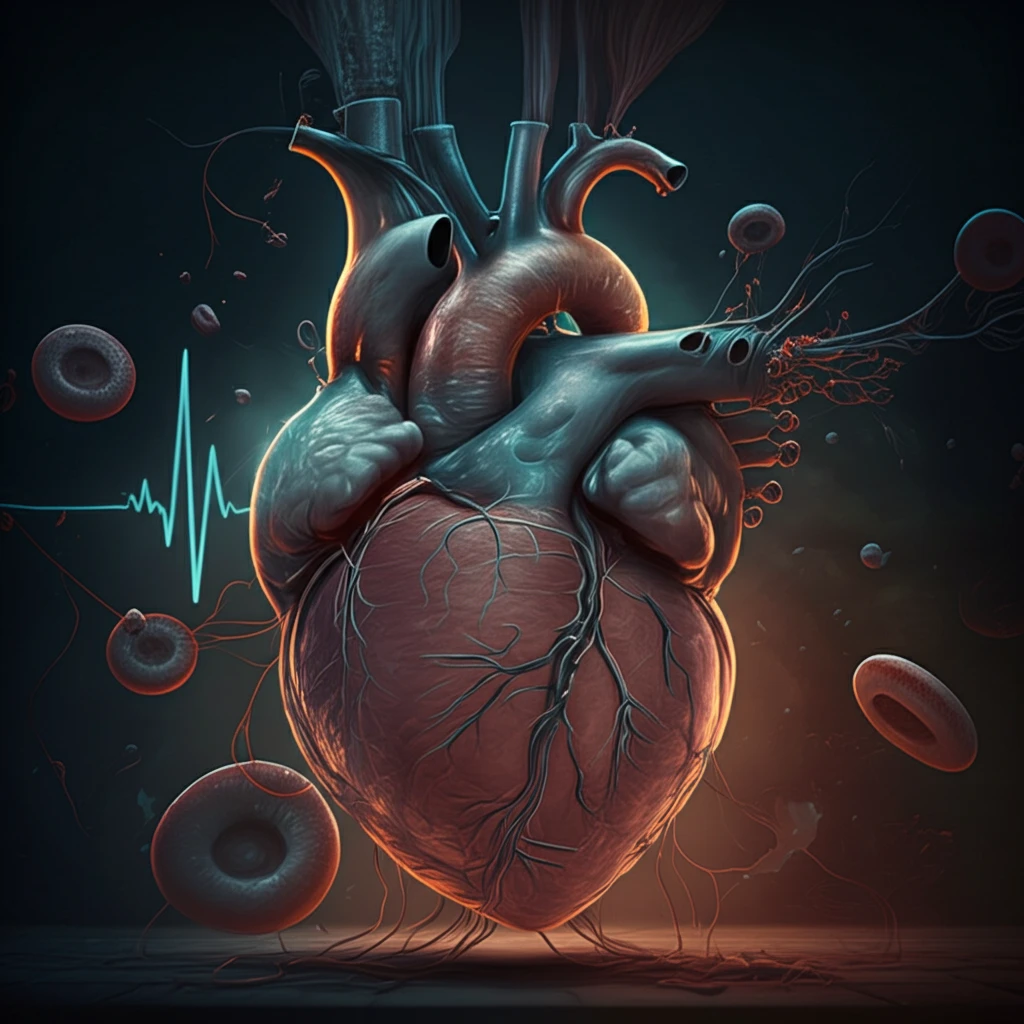
Methoxetamine: Unmasking the Silent Threat to Your Heart
"Exploring the cardiotoxic effects of this recreational drug and strategies for prevention."
In an era marked by the rise of new psychoactive substances (NPS), understanding their potential health risks is more critical than ever. Among these substances, methoxetamine, initially conceived as an alternative to ketamine, has gained notoriety for its addictive properties and potential for abuse. While its psychoactive effects are widely discussed, the impact of methoxetamine on cardiovascular health remains a significant concern.
Methoxetamine, similar in structure to phencyclidine (PCP), presents a unique challenge due to its increasing prevalence and the limited understanding of its long-term effects. Unlike ketamine, which has established medical uses, methoxetamine is primarily a recreational drug, often obtained through unregulated sources. This lack of control raises serious questions about its safety profile and potential for causing harm.
This article aims to shed light on the cardiotoxic effects of methoxetamine, drawing on recent research to explore its impact on heart cells and overall cardiovascular function. We will delve into the mechanisms by which methoxetamine may induce cytotoxicity, focusing on the role of specific proteins and cellular pathways. By understanding these processes, we can better assess the risks associated with methoxetamine use and identify potential strategies for prevention and treatment.
How Does Methoxetamine Impact Heart Health?

Recent studies have begun to uncover the specific ways in which methoxetamine can harm the heart. Research published in Cardiovascular Toxicology investigated the effects of methoxetamine on rat cardiomyocytes, the heart's primary muscle cells. The findings revealed that exposure to methoxetamine, even at relatively low concentrations (10 µM), led to a reduction in cell viability. This means that methoxetamine can directly damage and kill heart cells, potentially impairing the heart's ability to function properly.
- Methoxetamine reduces cell viability in heart cells.
- Methoxetamine decreases PAK-1 mRNA levels.
- Methoxetamine can disrupt normal cellular function.
Protecting Your Heart: What Can Be Done?
The research on methoxetamine and its cardiotoxic effects highlights the importance of awareness and prevention. While further studies are needed to fully understand the long-term consequences of methoxetamine use, the available evidence suggests that it poses a significant risk to cardiovascular health. Avoiding methoxetamine and other NPS is the most effective way to protect your heart. If you or someone you know is struggling with substance abuse, seeking professional help is crucial. Early intervention can prevent long-term damage and improve overall health outcomes.
